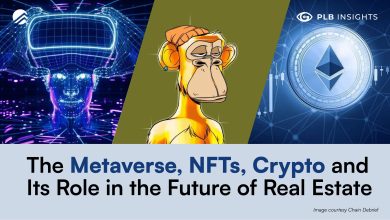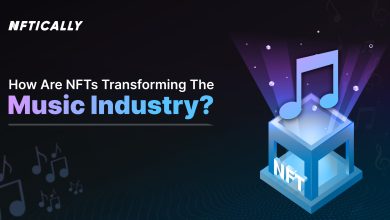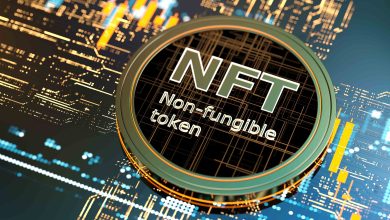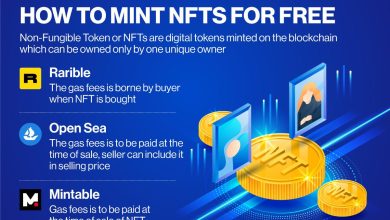Blockchain Technology Behind NFTs: Explained
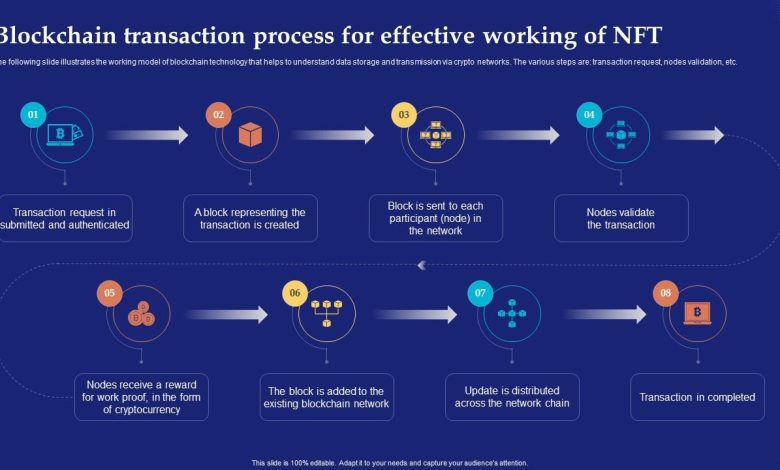
- Understanding the Basics of Blockchain Technology
- The Rise of NFTs in the Digital Art World
- How Blockchain Ensures the Authenticity of NFTs
- Exploring the Role of Smart Contracts in NFT Transactions
- Challenges and Opportunities in the NFT Market
- The Future of NFTs and Blockchain Technology
Understanding the Basics of Blockchain Technology
Blockchain technology is the underlying technology behind NFTs, or non-fungible tokens. It is essential to understand the basics of blockchain technology to grasp how NFTs work and why they are gaining popularity in various industries.
Blockchain is a decentralized and distributed ledger technology that securely records transactions across a network of computers. Each transaction is stored in a “block,” which is then linked to the previous block, forming a chain of blocks – hence the name “blockchain.” This chain of blocks creates a transparent and immutable record of transactions that cannot be altered or deleted.
One of the key features of blockchain technology is its security. The data stored on a blockchain is encrypted and verified by multiple participants in the network, making it nearly impossible for hackers to tamper with the information. This level of security is crucial for NFTs, as they represent unique digital assets that need to be protected from fraud and duplication.
Another important aspect of blockchain technology is its transparency. Since all transactions are recorded on a public ledger, anyone can view the history of a particular asset or transaction. This transparency builds trust among users and ensures the authenticity of NFTs, as their ownership and provenance can be easily verified.
In addition to security and transparency, blockchain technology also offers efficiency and cost-effectiveness. By eliminating the need for intermediaries and automating processes through smart contracts, blockchain reduces transaction costs and speeds up the transfer of assets. This is particularly beneficial for NFTs, as it allows creators to tokenize their work and sell it directly to buyers without the need for traditional marketplaces or brokers.
Overall, understanding the basics of blockchain technology is essential for anyone looking to explore the world of NFTs. By leveraging the security, transparency, efficiency, and cost-effectiveness of blockchain, NFTs are revolutionizing the way we buy, sell, and own digital assets.
The Rise of NFTs in the Digital Art World
NFTs have been gaining popularity in the digital art world due to their ability to provide artists with a new way to monetize their work. This rise in NFTs has been fueled by the blockchain technology that underpins them, allowing for the creation of unique and verifiable digital assets.
Artists can tokenize their work as NFTs, creating a digital certificate of ownership that can be bought and sold on various online marketplaces. This has opened up new opportunities for artists to reach a global audience and receive direct compensation for their creations.
One of the key benefits of NFTs is their ability to provide provenance and authenticity for digital art, addressing the issue of digital piracy and ensuring that artists receive proper credit for their work. This has led to a surge in interest from both artists and collectors, driving up the value of NFTs in the digital art market.
How Blockchain Ensures the Authenticity of NFTs
Blockchain technology plays a crucial role in ensuring the authenticity of NFTs. By leveraging the decentralized and immutable nature of blockchain, NFTs are protected from fraud and counterfeiting. Each NFT is assigned a unique digital signature that is stored on the blockchain, making it impossible to duplicate or alter without detection.
When an NFT is created, a record of its ownership and transaction history is permanently recorded on the blockchain. This transparent and tamper-proof ledger provides irrefutable proof of the NFT’s authenticity and ownership. As a result, buyers can have full confidence in the legitimacy of the NFT they are purchasing.
Furthermore, blockchain technology enables NFT creators to retain control over their creations by embedding specific rules and conditions into the smart contracts that govern the NFT. These smart contracts can dictate how the NFT can be used, transferred, and even generate royalties for the original creator each time the NFT is sold.
Exploring the Role of Smart Contracts in NFT Transactions
Smart contracts play a crucial role in facilitating transactions involving non-fungible tokens (NFTs). These self-executing contracts are stored on a blockchain and automatically execute the terms of an agreement when predefined conditions are met. By utilizing smart contracts, NFT transactions are made more secure, transparent, and efficient.
One of the key benefits of using smart contracts in NFT transactions is the elimination of intermediaries. This reduces the risk of fraud and ensures that the terms of the transaction are carried out as agreed upon by the parties involved. Additionally, smart contracts help to streamline the process by automating tasks such as verifying ownership, transferring tokens, and enforcing royalties.
Another advantage of smart contracts in NFT transactions is their ability to provide a permanent and tamper-proof record of ownership. This ensures that the provenance of an NFT can be easily traced back to its original creator, giving buyers confidence in the authenticity of the digital asset. Furthermore, smart contracts can also be programmed to automatically distribute royalties to creators each time the NFT is resold, providing a continuous source of income.
Overall, smart contracts play a vital role in the world of NFTs by providing a secure and efficient way to conduct transactions. By leveraging blockchain technology and automation, smart contracts help to establish trust between parties, streamline processes, and ensure the integrity of digital assets. As the popularity of NFTs continues to grow, the role of smart contracts will only become more prominent in shaping the future of digital ownership.
Challenges and Opportunities in the NFT Market
The NFT market presents both challenges and opportunities for investors and creators alike. One of the main challenges is the high level of competition in the market, which can make it difficult for new entrants to stand out. Additionally, the lack of regulation in the NFT space can lead to issues such as copyright infringement and fraud.
On the other hand, the NFT market also offers numerous opportunities for growth and innovation. One of the key advantages of NFTs is their ability to provide creators with a new way to monetize their work. By tokenizing digital assets, artists can reach a global audience and receive direct compensation for their creations.
Furthermore, the blockchain technology behind NFTs provides a secure and transparent way to verify ownership of digital assets. This can help to reduce fraud and ensure that creators receive fair compensation for their work. As the NFT market continues to evolve, we can expect to see new opportunities emerge for both investors and creators.
The Future of NFTs and Blockchain Technology
The future of non-fungible tokens (NFTs) and blockchain technology is promising, with the potential to revolutionize various industries. NFTs have gained significant popularity in recent years, offering a unique way to buy, sell, and trade digital assets securely using blockchain technology. As the technology continues to evolve, we can expect to see more innovative use cases for NFTs beyond art and collectibles.
One of the key advantages of NFTs is their ability to provide proof of ownership and authenticity for digital assets. This has implications for industries such as gaming, real estate, and intellectual property rights, where NFTs can be used to tokenize assets and streamline transactions. Additionally, blockchain technology ensures transparency and security, making it an ideal solution for verifying the provenance of digital assets.
In the coming years, we can anticipate further integration of NFTs and blockchain technology into mainstream applications. This could include the tokenization of physical assets, the creation of decentralized marketplaces, and the development of new ways to monetize digital content. As more industries adopt NFTs, we may see a shift towards a more decentralized and democratized economy, where individuals have greater control over their assets and data.
Overall, the future of NFTs and blockchain technology looks bright, with the potential to disrupt traditional business models and empower creators and consumers alike. By leveraging the security and transparency of blockchain technology, NFTs have the opportunity to transform how we buy, sell, and interact with digital assets in the years to come.
